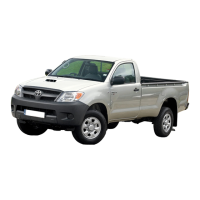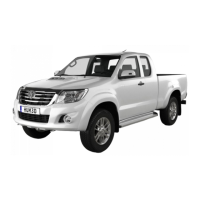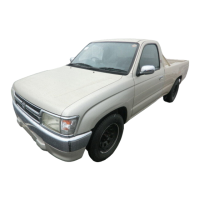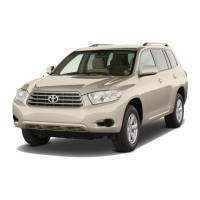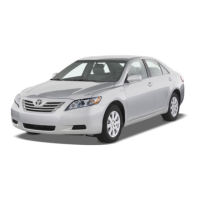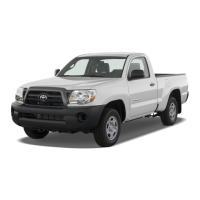If
your
vehicle
will
not
start-
(a)
Simple
checks
Before
making
these
checks, make
sure
you
have
followed
the
correct
starting
procedure
given
in
"How
to
start
the
engine" on
page
180 and
that
you
have
sufficient
fuel.
Also
check
whether
the
other
keys will
start
the
engine.
If
they
work,
your
key
may
be broken. Have the
key
checked
at
your
Toyota dealer.
If
none
of
your
keys
work,
there
may be a
malfunction
in
the
immobilizer
system. Call
your
Toyota dealer. (See "Keys" on page
10.)
196
If
the
engine
is
not
turning
over
or
is
turning
over
too
slowly-
1.
Check
that
the battery
terminals
are
tight
and clean.
2.
If
the
battery
terminals
are O.K.,
switch
on
the
interior
light.
3.
If
the
light
is out, dim or goes out
when
the
starter
is cranked, the battery
is
discharged.
You may
try
jump
start-
ing.
See
"(d)
Jump
starting"
for
further
instructions.
If
the
light
is
O.
K., but the engine still will
not start, it needs
adjustment
or repair.
Call a Toyota
dealer
or qualified repair
shop.
NOTICE
Do
not
pull-
or
push-start
the
ve-
hicle.
It
may
damage
the
vehicle
or
cause
a
collision
when
the
engine
starts.
On
vehicles
with
three-way
catalytic
converters,
also
the
three-
way
catalytic
converters
may
overheat
and
become
a
fire
hazard.
If
the
engine
turns
over
at
its
normal
speed
but
will
not
start-
Gasoline-powered
vehicles
'1.
The
engine
may
be flooded
because
of
repeated cranking. See "(b)
Starting
a
flooded
engine
(gasoline engine)" for
further
instructions.
2.
If
the
engine still will not start, it
needs
adjustment
or
repair. Call a Toyota
dealer
or
qualified
repair shop.
Diesel-powered
vehicles
1.
If
you are
starting
the engine
that
has
died from an
empty
tank, you
may
have needed to bleed the fuel
system
before
cranking
the
engine.
See
"(c)
Bleeding
the
fuel
system
(diesel en-
gine)" for
further
instructions.
2.
If
the
fuel
system
is
O.
K., but the en-
gine
still will not start, it needs adjust-
ment
or
repair. Call a Toyota
dealer
or
qualified
repair
shop
for
assistance.

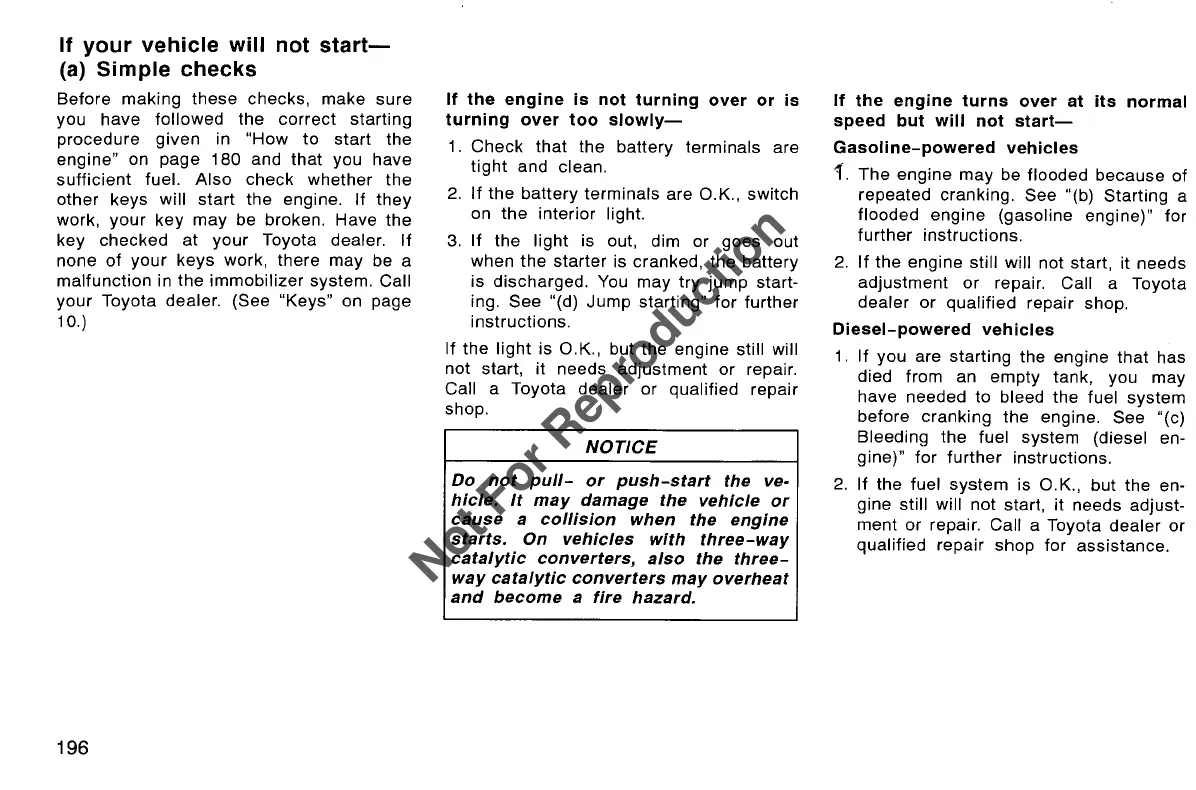